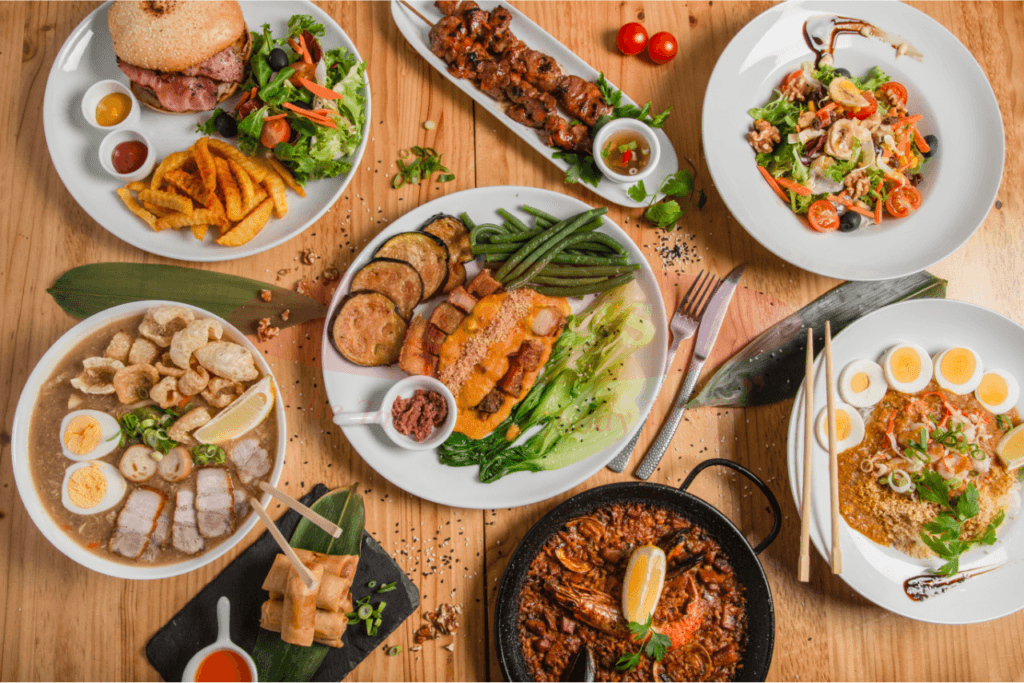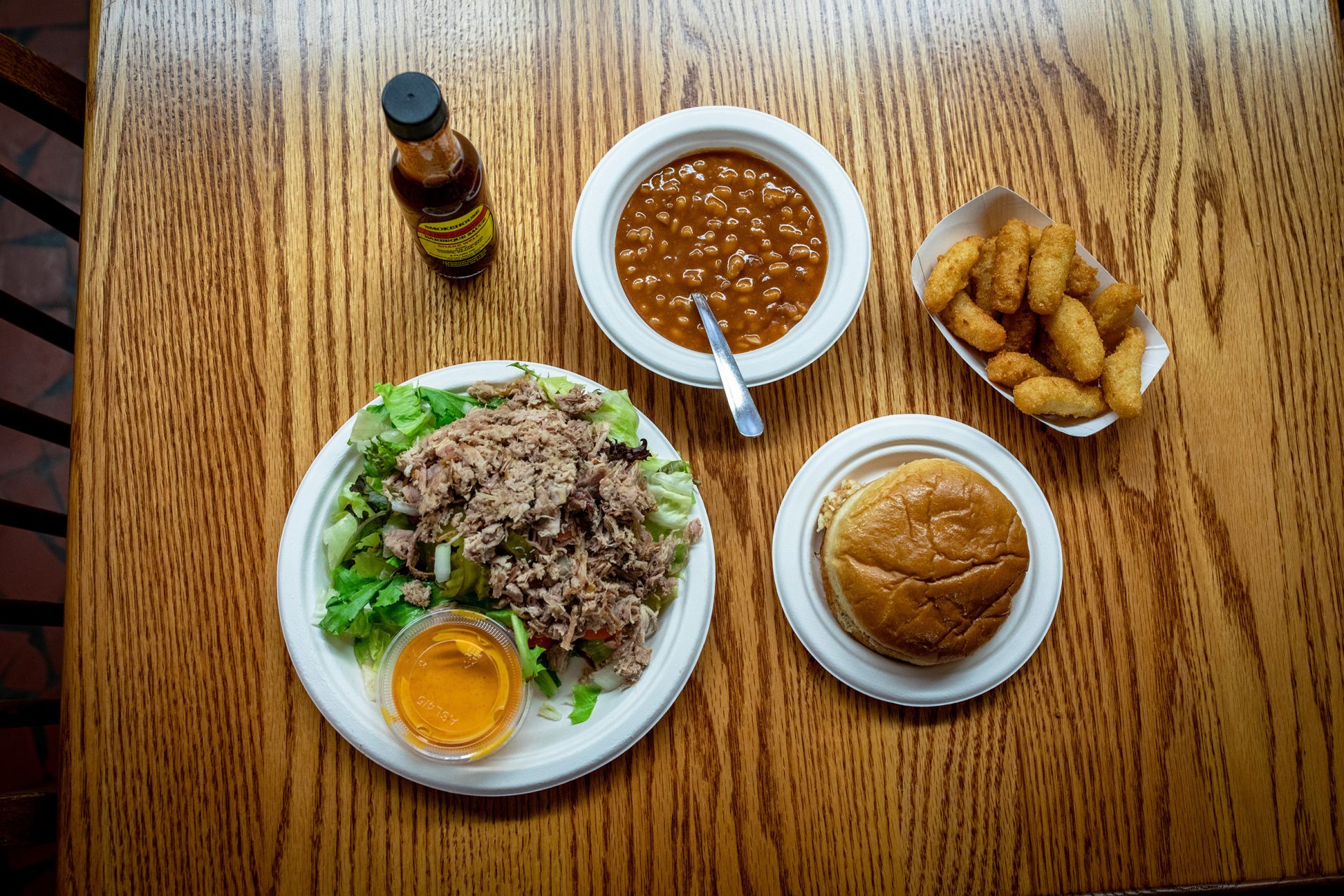Food Truck Fire Suppression System pickup.truckstrend.com
The aroma of sizzling onions, freshly baked bread, or exotic spices wafting from a food truck is an irresistible call to culinary adventure. These mobile kitchens have revolutionized the dining landscape, offering diverse and delicious options right at our fingertips. Yet, beneath the bustling surface of a food truck operation lies a significant, often overlooked, safety concern: fire. Given the confined space, the presence of open flames, hot oils, propane tanks, and electrical systems, food trucks are inherently high-risk environments for fires. This is where a Food Truck Fire Suppression System transitions from a mere accessory to an indispensable guardian, protecting lives, livelihoods, and the very essence of these mobile culinary dreams.
A food truck fire suppression system is a specialized, automatic fire extinguishing setup designed specifically for commercial cooking operations, particularly those within the compact and mobile confines of a food truck. Unlike a simple handheld fire extinguisher, these systems are engineered to detect, contain, and extinguish fires quickly and effectively, minimizing damage and preventing catastrophic losses. For any food truck owner, understanding, installing, and maintaining such a system is not just a matter of compliance, but a foundational pillar of responsible and sustainable business operation.
Food Truck Fire Suppression System
The Critical Need for Food Truck Fire Suppression Systems
The unique environment of a food truck amplifies fire risks in several ways:
- Confined Space: Fires spread incredibly fast in small, enclosed areas. Without immediate suppression, a minor flare-up can become an inferno in seconds.
- High-Heat Cooking: Fryers, griddles, ovens, and charbroilers operate at extremely high temperatures, often involving combustible cooking oils and fats.
- Multiple Fuel Sources: Propane tanks, gasoline for generators, and electrical wiring all coexist in close proximity, increasing the potential for fuel-fed fires.
- Vibration and Movement: Constant motion can loosen connections, fray wires, or shift equipment, creating unexpected hazards.
- Limited Egress: Escape routes in a food truck are minimal, making rapid fire suppression crucial for occupant safety.

A fire suppression system addresses these risks head-on by providing an automated, immediate response that a human operator might not be able to deliver in the critical moments after ignition.
Unpacking the Benefits: More Than Just Safety

Investing in a proper food truck fire suppression system offers a multitude of benefits that extend far beyond mere regulatory compliance:
- Life Safety: This is paramount. The system’s rapid response can extinguish fires before they endanger employees or bystanders, preventing severe injuries or fatalities.
- Asset Protection: A fire can destroy a food truck, its equipment, and inventory in minutes, leading to immense financial loss. The system limits damage, protecting your significant investment.
- Regulatory Compliance: Most states, counties, and municipalities, along with fire marshals, mandate the installation of UL 300 compliant and NFPA 96 compliant fire suppression systems for commercial cooking operations, including food trucks. Non-compliance can lead to hefty fines, operational shutdowns, and even legal liabilities.
- Insurance Requirements: Insurance providers almost always require a certified fire suppression system to issue coverage for food trucks. Having one can also lead to lower premiums, as it significantly reduces the risk of major payouts.
- Business Continuity: A devastating fire can mean the end of your business. A functioning suppression system allows you to mitigate damage, recover faster, and get back on the road with minimal disruption.
- Peace of Mind: Knowing your truck is equipped with a reliable safety net allows you to focus on what you do best: creating delicious food.

How Food Truck Fire Suppression Systems Work: A Deep Dive
Food truck fire suppression systems typically utilize a wet chemical agent specifically designed for Class K fires (cooking oils and fats). Here’s a breakdown of their components and operation:
- Detection System: This is usually a network of fusible links or heat detectors placed above cooking appliances. These links are designed to melt at specific high temperatures (e.g., 360°F or 450°F), triggering the system. Some advanced systems may also incorporate manual pull stations.
- Control Panel: The brain of the system, which receives the signal from the detectors.
- Agent Storage Tank: Contains the wet chemical extinguishing agent under pressure.
- Piping and Nozzles: A series of pipes run from the agent tank to strategically placed nozzles above each cooking appliance (fryers, griddles, ranges, charbroilers, and even the exhaust hood and ductwork).
- Gas/Electric Shut-off: Crucially, when the system activates, it automatically shuts off the fuel supply (propane or electricity) to the cooking equipment, preventing reignition and starving the fire.
- Audible Alarm: An alarm sounds to alert occupants to evacuate.
The Activation Process:
- Heat Detection: A fire starts, and the ambient temperature rises rapidly.
- Fusible Link Melts: When the temperature reaches the link’s activation point, it melts, breaking a mechanical chain or releasing a tensioned cable.
- System Activation: The release of tension triggers the control panel.
- Fuel Shut-off: The control panel instantly closes the gas line valve or cuts electrical power to the cooking equipment.
- Agent Discharge: The pressurized wet chemical agent is released through the nozzles, creating a fine mist that covers the fire source.
- Fire Suppression:
- Cooling: The agent cools the burning oil/fat below its ignition point.
- Saponification: The wet chemical reacts with the hot grease, forming a non-combustible foam-like blanket (saponification). This blanket smothers the fire, preventing oxygen from reaching the fuel and re-ignition.
- Alarm: An alarm signals the discharge, prompting evacuation.
Important Considerations and Choosing the Right System
Selecting and implementing a fire suppression system for your food truck requires careful thought and professional guidance.
- NFPA 96 Compliance: This is the foundational standard for commercial cooking operations. Ensure your system and its installation strictly adhere to all NFPA 96 requirements, including exhaust ventilation, ductwork, and clearances.
- UL 300 Compliance: Look for systems that are UL 300 listed. This listing specifically certifies that the system is designed and tested for modern, high-efficiency cooking appliances and vegetable oils, which burn hotter and are harder to extinguish than older animal fats.
- Pre-Engineered vs. Engineered Systems:
- Pre-Engineered Systems: Most common for food trucks. These systems come with pre-calculated flow rates, nozzle types, and piping lengths based on the appliance layout. They are more cost-effective and simpler to install for standard food truck configurations.
- Engineered Systems: Designed for larger, more complex kitchens, where each component is custom-calculated for specific hazards. Less common for typical food trucks.
- Wet Chemical Agent: Confirm the system uses a wet chemical agent appropriate for Class K fires.
- Coverage: Ensure all cooking appliances, including fryers, griddles, ranges, charbroilers, and the entire exhaust hood and duct system, are covered by nozzles.
- Automatic and Manual Activation: The system must have automatic activation (via fusible links) and a clearly marked manual pull station for immediate override.
- Professional Installation: This is non-negotiable. Only certified and licensed fire suppression technicians should install, inspect, and maintain these systems. Incorrect installation can render the system ineffective and void warranties or certifications.
- Permits and Inspections: Be aware of local permitting requirements. Your system will need to pass inspection by the fire marshal or local authority having jurisdiction (AHJ) before you can operate.
Installation, Maintenance, and Potential Challenges
The Installation Process (Always Professional)
- Site Survey: A qualified technician will assess your food truck layout, identify all cooking appliances, and determine the appropriate system size and nozzle placement.
- System Design: Based on the survey, a design plan is created, ensuring compliance with NFPA 96 and UL 300.
- Mounting Components: The agent tank, control panel, and piping are securely mounted within the truck, considering vibrations and limited space.
- Nozzle Placement: Nozzles are strategically positioned over each appliance and within the exhaust hood/ductwork.
- Fuel Shut-off Integration: The system is wired to automatically shut off gas lines or electrical power upon activation.
- Testing and Certification: After installation, the system is thoroughly tested, and a certificate of compliance is issued.
Maintenance and Inspection: The Key to Reliability
Regular maintenance is as critical as the initial installation.
- Semi-Annual Inspections (Mandatory): NFPA 96 requires inspections every six months by a certified professional. During these inspections, technicians will:
- Check the pressure gauge on the agent tank.
- Verify the integrity of all piping and nozzles.
- Test the detection system (fusible links or heat detectors).
- Confirm the manual pull station works.
- Test the automatic fuel shut-off.
- Inspect the exhaust hood and ductwork for grease buildup.
- Replace fusible links (usually annually, as they degrade over time due to heat).
- Issue a new inspection tag.
- Post-Discharge Recharge: If the system ever activates, it must be immediately recharged and reset by a certified technician before the truck can resume operation. This involves replacing the used agent, replacing all fusible links, and resetting the control panel.
- Daily/Weekly Checks: Food truck operators should conduct daily visual checks to ensure nozzles are not obstructed and the manual pull station is accessible.
Potential Challenges and Solutions
- Cost: Initial installation can be a significant investment. Solution: Factor this into your startup budget; view it as an essential safety and compliance cost, not an optional expense. Explore financing options if available.
- Finding Qualified Professionals: Not all fire protection companies specialize in food trucks. Solution: Seek out companies with specific experience in mobile commercial kitchens and UL 300 listed systems. Ask for references and verify certifications.
- Maintenance Burden: Regular inspections require scheduling and budgeting. Solution: Set up recurring appointments with your chosen fire suppression company. Budget for semi-annual inspections and potential link replacements.
- Space Constraints: Integrating a system into a small truck can be challenging. Solution: Work with experienced installers who can optimize placement and routing of components in tight spaces.
Practical Advice for Food Truck Owners
- Budget for It: Treat the fire suppression system as a non-negotiable part of your food truck’s initial setup and ongoing operational costs.
- Don’t DIY: Never attempt to install, repair, or recharge a fire suppression system yourself. This is dangerous, illegal, and will void all certifications and warranties.
- Educate Your Staff: Ensure all employees know where the manual pull station is, how to operate it, and the importance of evacuating immediately if the system activates.
- Keep Records: Maintain meticulous records of all installations, inspections, and maintenance. These documents are crucial for fire marshals and insurance companies.
- Regular Cleaning: While not part of the suppression system itself, regular cleaning of your exhaust hood, ductwork, and cooking surfaces is vital to prevent grease buildup, which is a primary fuel for fires. The suppression system can only work effectively if excessive fuel isn’t present.
Food Truck Fire Suppression System: Estimated Price Guide
Please note: These are estimated price ranges and can vary significantly based on your geographic location, the specific system chosen (brand, complexity), the size and layout of your food truck, the number and type of cooking appliances, and the specific service provider. Always obtain multiple quotes from certified professionals.
| Item/Service | Description | Estimated Price Range (USD) |
|---|---|---|
| System Unit (Pre-Engineered) | The core system including the agent tank, control head, discharge valve, and standard components. Brand new, UL 300 listed. | $1,500 – $3,500 |
| Installation Labor | Professional labor for mounting components, running piping, installing nozzles, connecting fuel shut-off, and system testing. Can vary based on complexity. | $1,000 – $2,500 |
| Additional Nozzles/Components | If your truck has many appliances or a complex layout requiring more nozzles, longer runs, or specialized components beyond a basic kit. | $100 – $500+ (per item) |
| Permits & Inspections | Fees charged by local fire departments or authorities for permit applications and initial inspection/approval. | $100 – $500 |
| Total Initial Investment | Combined cost for a new system and professional installation. This is a significant startup cost. | $2,700 – $6,500+ |
| Semi-Annual Inspection | Required by NFPA 96. Includes visual inspection, pressure checks, testing, and replacement of fusible links (if needed, or often an additional charge). Does not include recharge. | $150 – $400 |
| System Recharge | Cost to refill the agent tank and replace all fusible links after a system discharge (whether from a fire or accidental activation). This is a critical post-incident cost. | $500 – $1,500+ |
| Repairs/Parts Replacement | As needed for worn or damaged components outside of routine maintenance. | Varies based on part |
Frequently Asked Questions (FAQ)
Q1: Is a food truck fire suppression system mandatory?
A1: In almost all jurisdictions, yes. Local fire codes and national standards (like NFPA 96 and UL 300) mandate fire suppression systems for commercial cooking operations, including food trucks. Your local fire marshal will require it for permitting and operation.
Q2: How often does my food truck fire suppression system need to be inspected?
A2: NFPA 96 requires professional inspection and maintenance at least every six months (semi-annually) by a certified technician. Fusible links typically need to be replaced annually.
Q3: Can I install or maintain the system myself to save money?
A3: Absolutely not. Fire suppression systems are complex safety devices that require specialized training and certification for installation, maintenance, and recharging. DIY attempts are dangerous, illegal, and will void all warranties, certifications, and likely your insurance coverage.
Q4: What type of fire suppression system is best for a food truck?
A4: A UL 300 listed, pre-engineered wet chemical fire suppression system is the standard and most appropriate choice for food trucks. These systems are specifically designed for Class K fires (cooking oils/fats) and the confined spaces of mobile kitchens.
Q5: What happens if my system discharges?
A5: If your system discharges (whether due to a fire or accidentally), it will release the wet chemical agent and automatically shut off your fuel supply. You must immediately evacuate. After the incident, the system must be professionally recharged, inspected, and reset before you can resume operations. All fusible links will need to be replaced.
Q6: Does having a fire suppression system impact my insurance?
A6: Yes, significantly. Most insurance companies require a certified fire suppression system to provide coverage for food trucks. Having one can also lead to lower insurance premiums as it demonstrates a commitment to safety and reduces the risk of total loss.
Q7: How long does a fire suppression system last?
A7: With proper semi-annual maintenance and professional care, a fire suppression system can last for many years. The agent itself has a shelf life (check manufacturer guidelines, often 12 years), and the system may require hydrostatic testing every 12 years. Fusible links are replaced annually.
Conclusion: An Essential Investment, Not an Option
The food truck industry thrives on passion, innovation, and delicious food. However, operating a mobile kitchen comes with inherent risks that must be proactively managed. A robust, properly installed, and meticulously maintained Food Truck Fire Suppression System is not merely a regulatory hurdle; it is an essential investment in the safety of your staff, the protection of your assets, and the longevity of your business. By understanding its critical role, adhering to compliance standards, and partnering with certified professionals, food truck owners can continue to serve up culinary delights with the confidence that they are well-prepared for any unforeseen event, ensuring their delicious dreams don’t go up in smoke.



